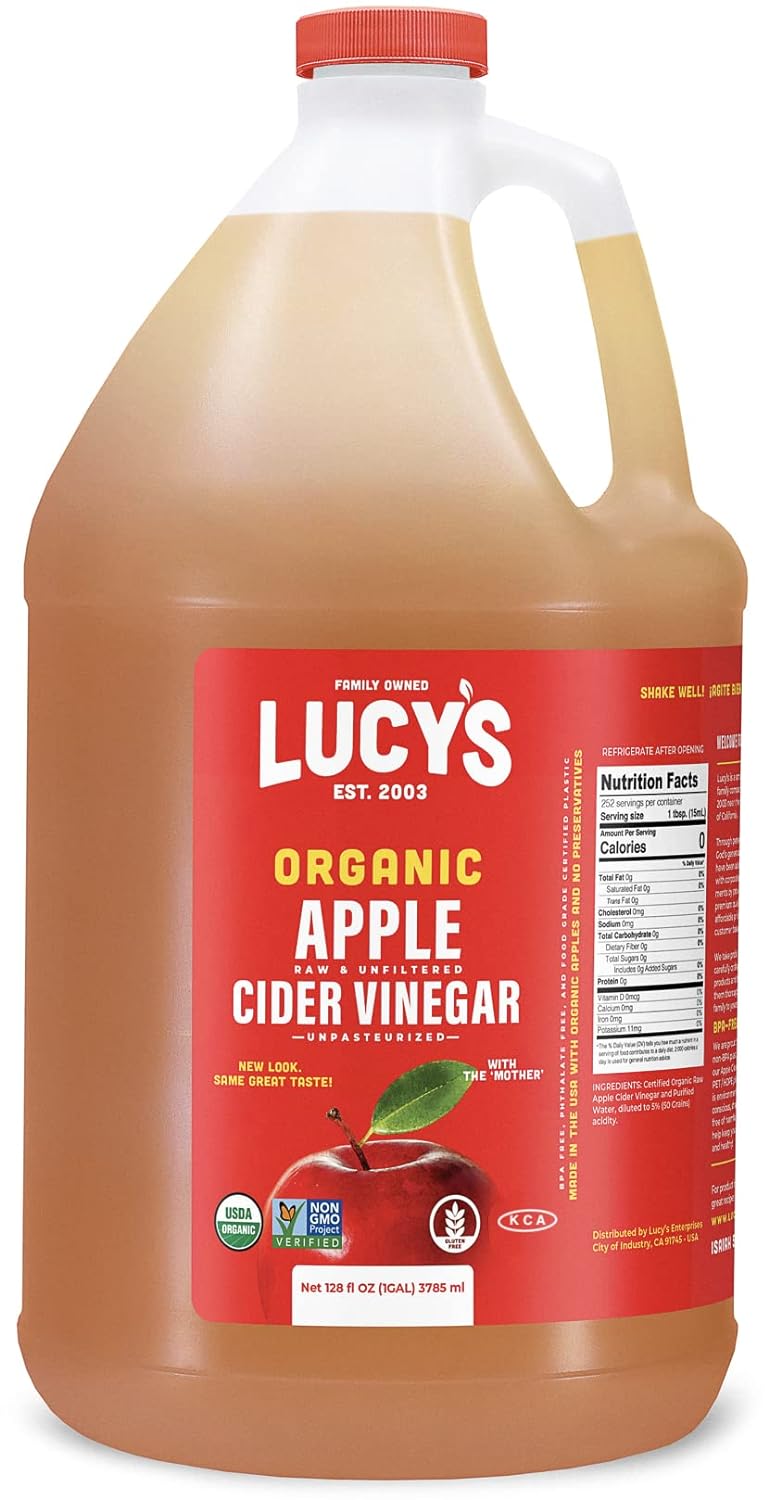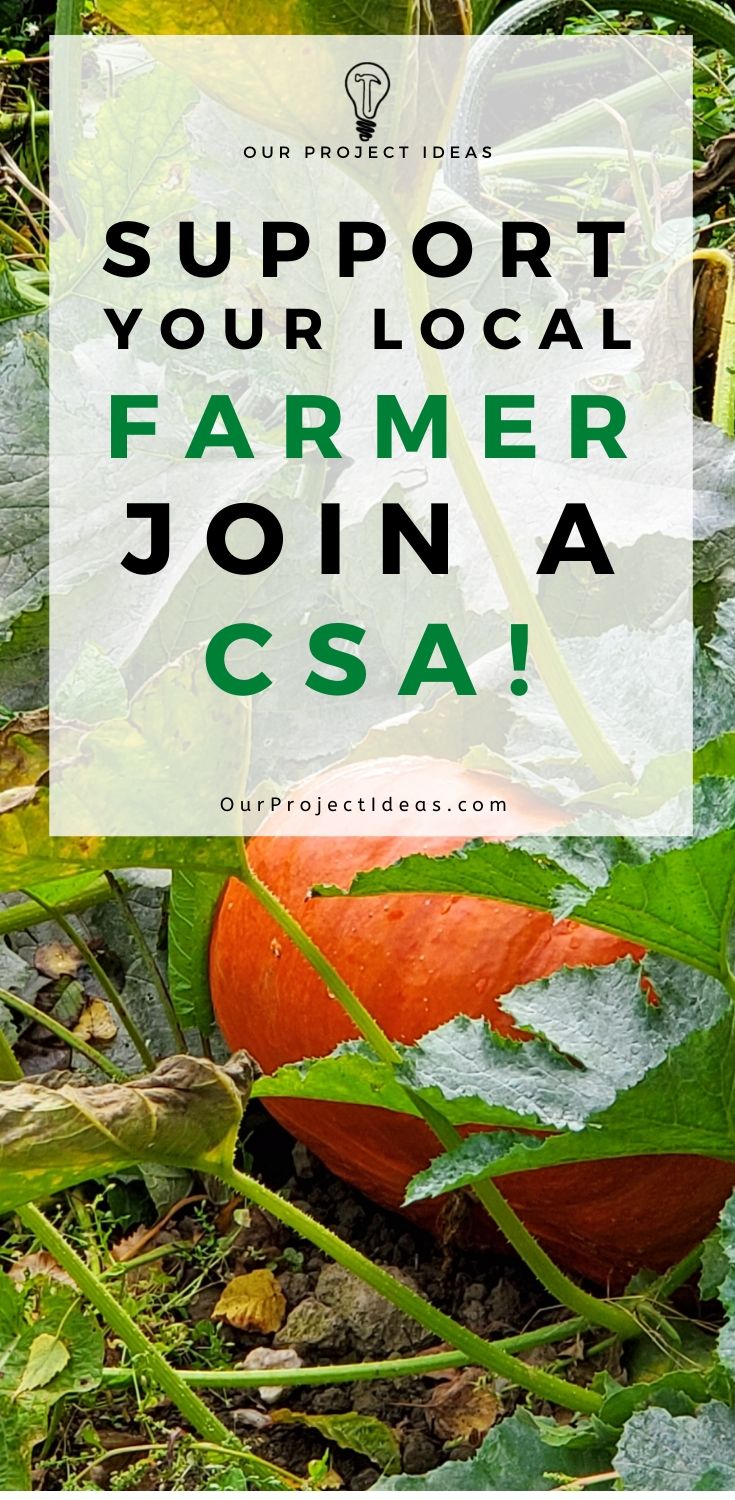
Homemade Flea Shampoo For Dogs

Quand notre toutou était un chiot, we loved taking long walks at a dog-friendly arboretum near our house. To our dismay, un jour, elle a apporté domicile des puces.
Cela nous a effrayés!
We rushed her to the veterinarian. The vet gave her a pill that kills the flea eggs from the inside and gave us a bottle of a commercial shampooing aux puces et instructions d'élimination des puces.
When we got domicile, nous avons regardé les avertissements sur la bouteille de shampoing aux puces et il a dit que nous devions éviter le contact avec notre peau (attends quoi?) et fortement recommandé de porter des gants lors de l'utilisation du shampooing.
Il y avait certainement pas nous allions baigner notre chiot dans un shampooing aux puces avec ces avertissements fous dessus.
Nous avons fait des recherches et avons trouvé un shampooing aux puces pour chien fait maison, sûr, doux pour sa peau et contenant des ingrédients que nous pouvions trouver dans la maison..
All we needed to DIY a dog flea shampoo was Dawn, vinaigre de cidre de pomme (ou vinaigre blanc), et de l'eau.
Comme il s'avère, chacun de ces ingrédients fonctionne très bien pour se débarrasser des puces, et ont d'autres avantages.
Divulgation: Certains des liens ci-dessous sont des liens d'affiliation. Si vous décidez d'acheter un de ces produits, nous gagnons une petite commission sans frais supplémentaires pour vous. Nous recommandons ces produits parce que nous avons de l'expérience avec eux et de les utiliser pour nos propres projets. En tant qu'Amazon Associates, nous gagnons des achats éligibles.
The Homemade Flea Bath for Dogs Ingredients
L'aube tue les puces
Oui, nous avons testé cette théorie de première main lorsque notre chien a eu des puces (à notre horreur). It turns out that Dawn kills fleas in minutes. Il le fait en brisant l'exosquelette des puces.
Le vinaigre de cidre de pomme est une puce & Répulsif contre les tiques
Un autre ingrédient que nous utilisons dans notre shampooing pour chien fait maison est le vinaigre de cidre de pomme..
When you use a 50% apple cider vinegar and 50% water solution and spray it on your dog’s fur, il fonctionnera comme un répulsif naturel contre les puces et les tiques.
Prime: Le vinaigre de cidre de pomme aide également à apaiser les points chauds
Ce diy flea shampoo is also great if your puppy suffers from hotspots!
Le vinaigre de cidre de pomme est un antifongique naturel et aidera à apaiser la peau de votre chien.
Pour aider à apaiser la peau de votre chien, surtout s'il y a des démangeaisons et une sécheresse, you can apply topically.
Add 50% apple cider vinegar and 50% water and spray on the affected area.
Pointe: N'appliquez pas de vinaigre de cidre de pomme directement sur une coupure ouverte ou sur la peau crue de votre toutou; it will burn.
Homemade Flea & Tick Shampoo Recipe
The recipe is super simple and straight forward. A couple of ingredients, add warm water and you are off to the races! lol
Below are the ingredients and directions for preparing the DIY flea and tick shampoo.
The Ingredients For Homemade Flea & Tick Shampoo For Dogs
Voici une liste des ingrédients du shampooing aux puces pour chien fait maison:
- Aube (1 cup)
- Apple Cider Vinegar (1 cup)
- Water (4 cups)
Les portions ci-dessus sont plus que suffisantes pour shampouiner un petit chien.
If you have a larger dog or are doing more than 1 dog, vous pouvez augmenter les montants et simplement maintenir les ratios.
Mode d'emploi du shampooing aux puces pour chien
Mélanger le shampooing
Mélangez tous les ingrédients dans un grand bol, puis transférez le shampooing dans un flacon souple (comme une vieille bouteille de shampoing).
Si vous n’avez pas de biberon, vous ne pouvez le verser directement du bol que votre toutou, mais le flacon souple facilite ce processus.
N'oubliez pas de bien secouer la bouteille avant de l'utiliser.
Application de shampooing aux puces pour chiens
Utilisez le shampooing aux puces maison comme vous le feriez pour tout autre shampooing pour chien – l'appliquer généreusement et le masser dans le pelage du chien.
Let the flea shampoo sit for 5 minutes.
Rincer abondamment à l'eau tiède. Vous voudrez peut-être le faire une deuxième fois juste pour vous assurer (c’est ce que nous avons fait).
Une fois que vous avez terminé, towel dry or blow dry on a cooler setting. C'est tout ce qu'il y a à faire!
Pointe: Leave the flea shampoo on your dog for about 5 minutes. When you rinse, les œufs de puces se délogeront des poils du chien et descendront dans les égouts. Assurez-vous de bien rincer.
How Often To Use The DIY Flee Shampoo
We used the dog flea shampoo every day for about a week. Mainly because it freaked us out but we also wanted to make super-duper sure that our dog didn’t have fleas anymore.
Lorsque nous avons fait le premier shampooing, nous avons vu des puces dans l'eau, mais ce bain initial était la seule fois où nous les avons vues.. After that first use of the home made dog flea shampoo, nous ne les avons pas revus.
Basé sur notre expérience, ce shampooing aux puces pour chiens fait maison non toxique fonctionne extrêmement bien. Si vous craignez que votre chien ait des puces (comme nous l'avons fait), puis continuez à faire les shampooings pendant une semaine.
Sinon, Je dirais de continuer à faire les shampooings jusqu'à ce que vous ne voyiez plus de puces dans l'eau lors du rinçage du shampooing aux puces.

Profitez de ce poste? Épinglez-le et partagez-le avec d'autres!







